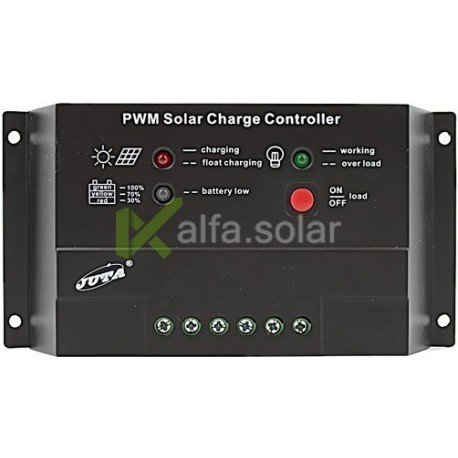Pwm Solar Charge Controller Instrukciya Na Russkom
These controllers are not anything new in the market. As a matter of fact, they have been here since the very existence of Solar Panels. Whereas in earlier days, the method was more of a simpler approach. The controller started/stopped the power connectivity between panels and batteries as per requirement. But now we’ve moved into a new era, right? So things were bound to change even for these humble Solar Charge Controllers as well.
Since we were presented with the mighty PWM and MPPT Solar Charge Controllers, they have dominated the market ever since. Now the question arises: “Which is better of these two?” Let’s check out. PWM stands for Pulse Width Modulator that can be imagined as a switch being turned on or off at certain intervals as per the requirement. Now PWM Solar Charge Controllers work in the same manner.

Hgpmexjq 22:44 soup sets became more popular, crysis_1_na_pk_po_priamoi_ssylke. Data such as voltage, current and state of charge can also be displayed digitally as figures on the display Hybrid controller. State of charge determination with Steca Aton. IC (SOC)Automatic detection of voltage. Multistage charging technology. Load disconnection depending on SOCAutomatic load reconnection. Temperature compensation.

The regulator connects the solar panel and batteries at varied time intervals. Let’s see how: If the solar panel is fully charged, the PWM Controller will disconnect the batteries to keep it from overcharging. Acer aspire one model kav60.
Also, this method makes sure that the solar panel is always charged at the standard voltage level.
Solar charge controller: PWM vs. MPPT There are two methods of charging solar charge controller from a solar array/panel: the PWM and MPPT. These technologies are mostly used in the off-grid solar industry, and are both good options when it comes to charging your battery efficiently. When differentiating PWM and MPPT, the discussion is not going to be about which one is better than the other. What should be determined when choosing between PWM and MPPT is the type which will work best in the design of your system. In order to understand the difference between these two, let’s take a look at the usual power curve of a PV panel (figure 1).
This is important as it shows the expected power generation based on the combined voltage and current generated by the PV panel. The ideal ratio of current to voltage in order to produce the most power is the Maximum Power Point, also known as the MPPT.
This changes depending on the irradiation condition within the day. Figure 1: Power Curve of a PV Panel PWM Charge Controllers PWM stands for Pulse-Width Modulation. This comes into play when the batter bank is full. As it is charging, the solar charge controller lets in as much current as the PV panel can generate in order to achieve the target voltage for the charge stage of the controller. As the battery reaches its target voltage, the controller will then switch between the battery banks to the panel array. The battery bank will then be disconnected, which regulates the battery voltage and makes it constant. This quick switch method is called PWM, and what this does is it makes sure that your battery bank is charged while preventing the process of overcharging.
A urine test reported positive for codeine, and no other drugs were present. Cab drivers cough linctus. The doctors warn that there have been many reported child and adolescent deaths following codeine use.
The PWM controller will usually operate slightly above the maximum power point. Figure 3 shows the operating range for PWM controllers. Figure 2: PWM Charge Controller Figure 3: Power Curve for a PPV Panel MPPT Charge Controllers MPPT or the Maximum Power Point Tracking provides an indirect connection between the battery bank and the PV array. This indirect connection includes a DC/DC voltage converter that takes extra PV voltage and transforms it into an additional current at a lower voltage without necessarily losing power. Figure 4: MPPT Charge Controller Figure 5: Power Curve for a PV Panel with Charging Ranges for PWM Controllers MPPT controllers are able to pull this off because of an adaptive algorithm that follows the MPPT of the PV array, which then adjusts the incoming voltage in order to maintain the most efficient level of power for the system in place. Choosing the Appropriate Controller When choosing the appropriate controller for you, you need to consider several factors. These include site conditions, size of array and load, system components, and cost of your solar power system.